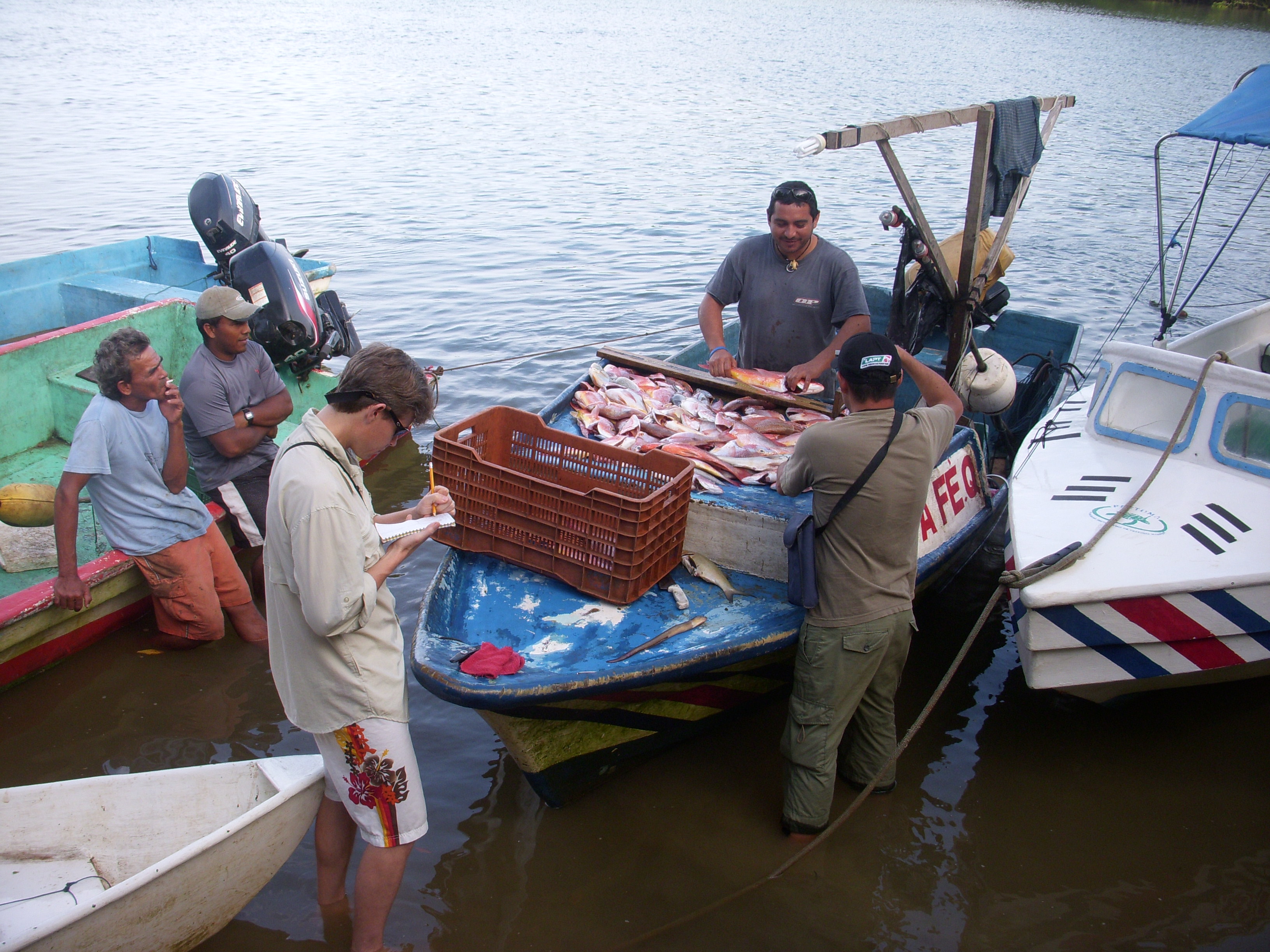

In order to develop and manage an environmentally sustainable fishery, a number of performance indicators need to be established for its target species, common bycatch species, environmental factors, and management regimes. Examples of these for the Bejuco artisanal bottom longline snapper fishery include the stock's status, bycatch and discard rates, endangered and/or protected species catch rates, gear impacts to the seafloor and associated benthic organisms, local management plan, and national fisheries management capacity. Since 2007, the catch composition of the Bejuco bottom longline fishery has been continuously monitored by dock side observers and researchers who accompany fishers on their nightly trips. This information, along with the collection of fisher ecological knowledge, has allowed researchers to identify many of these indicators. In close collaboration with the national government, protected area and management plan development initiatives are also taking shape.
Collaboration between researchers (NGO collaborators and university students) and the local fishers needs to exist. A certain level of trust must be established between both parties in order to create this type of environment. Project researchers and other associated NGO members were invited into the fishing communities by fishers themselves, thus facilitating this process.
Data collection expenses have been primarily shouldered by international NGOs (grants) and research students (institutions).
A relationship based on mutual trust must be established if long term data collection efforts are to be successful. Fishers must know that researchers will not use catch information against them to further compromise their industry, and researchers need to be assured that they have full fisher support and open access to their operations. Data must also be recorded throughout the entire year (or fishing season) and not just “when the fishing is good”. There are months when this fishery produces almost no snapper. This data is valuable. Researchers ran into a statistical analysis problem because they stopped taking data when the catch per unit of effort dropped. This created a bias in their analysis.
To facilitate the long term collection of data, researchers are working with the government to train fishers to record their own catch and determine the reproductive states of certain species. A smartphone App is also being developed to facilitate the data collection process by fishers.